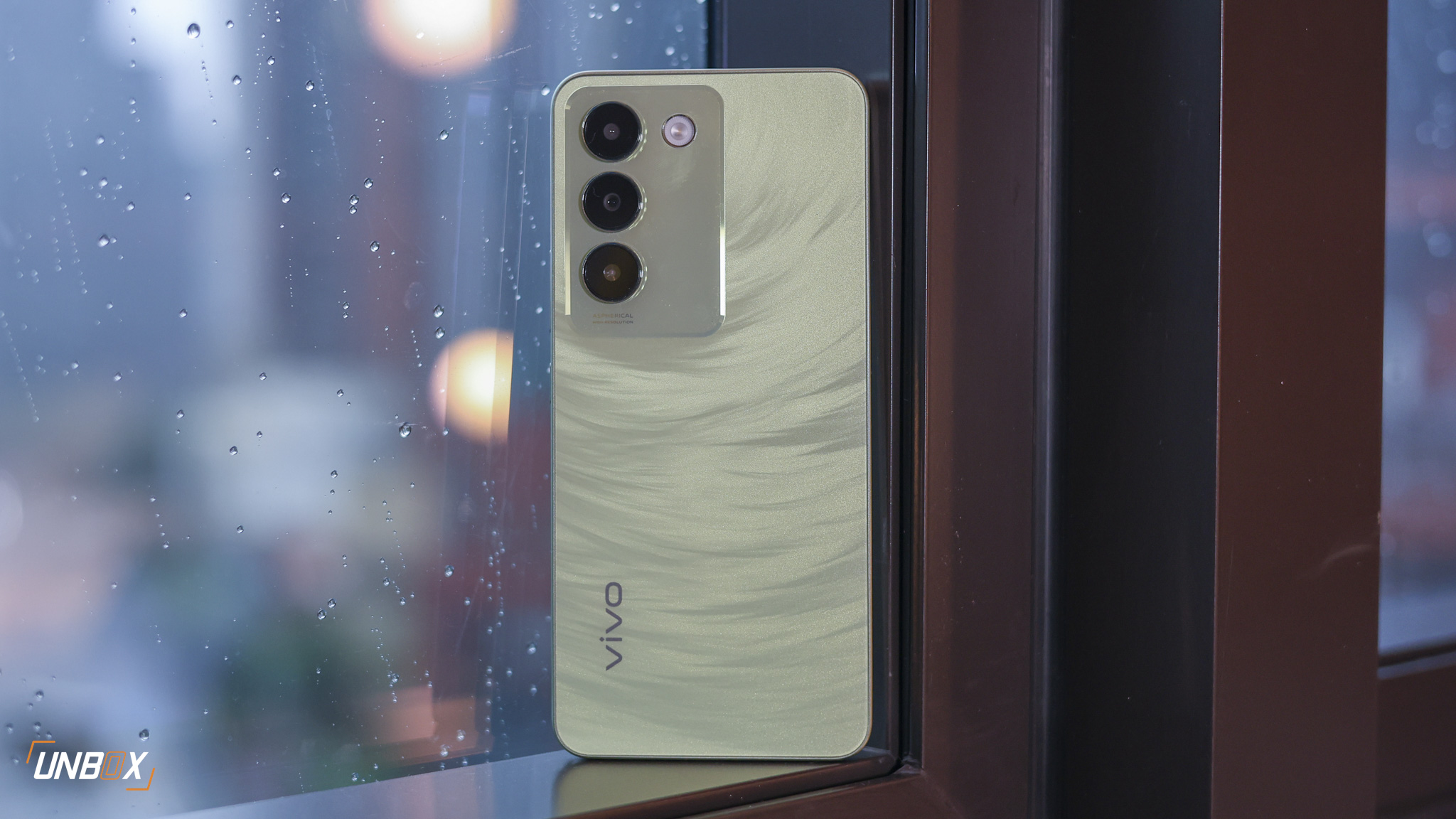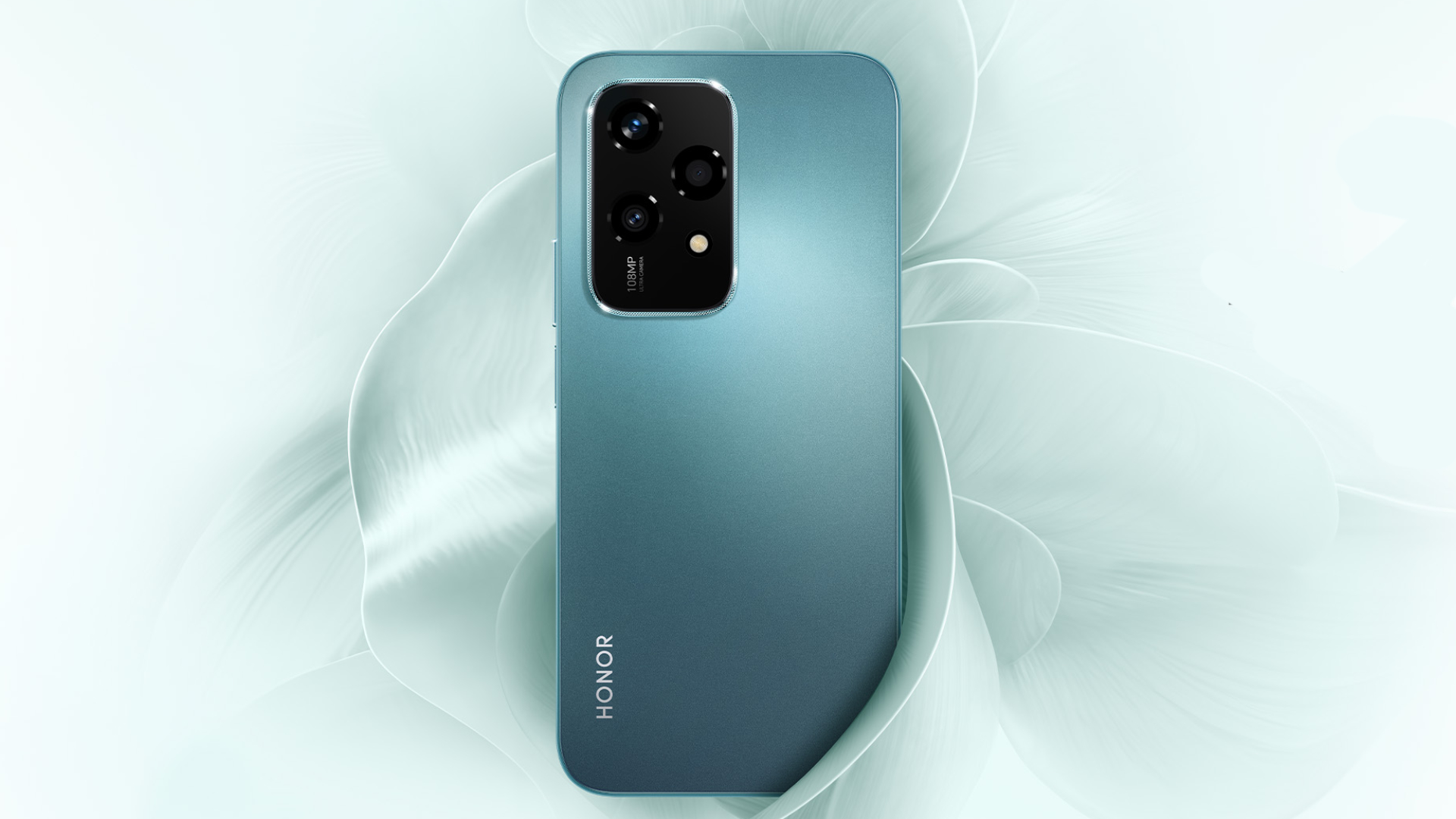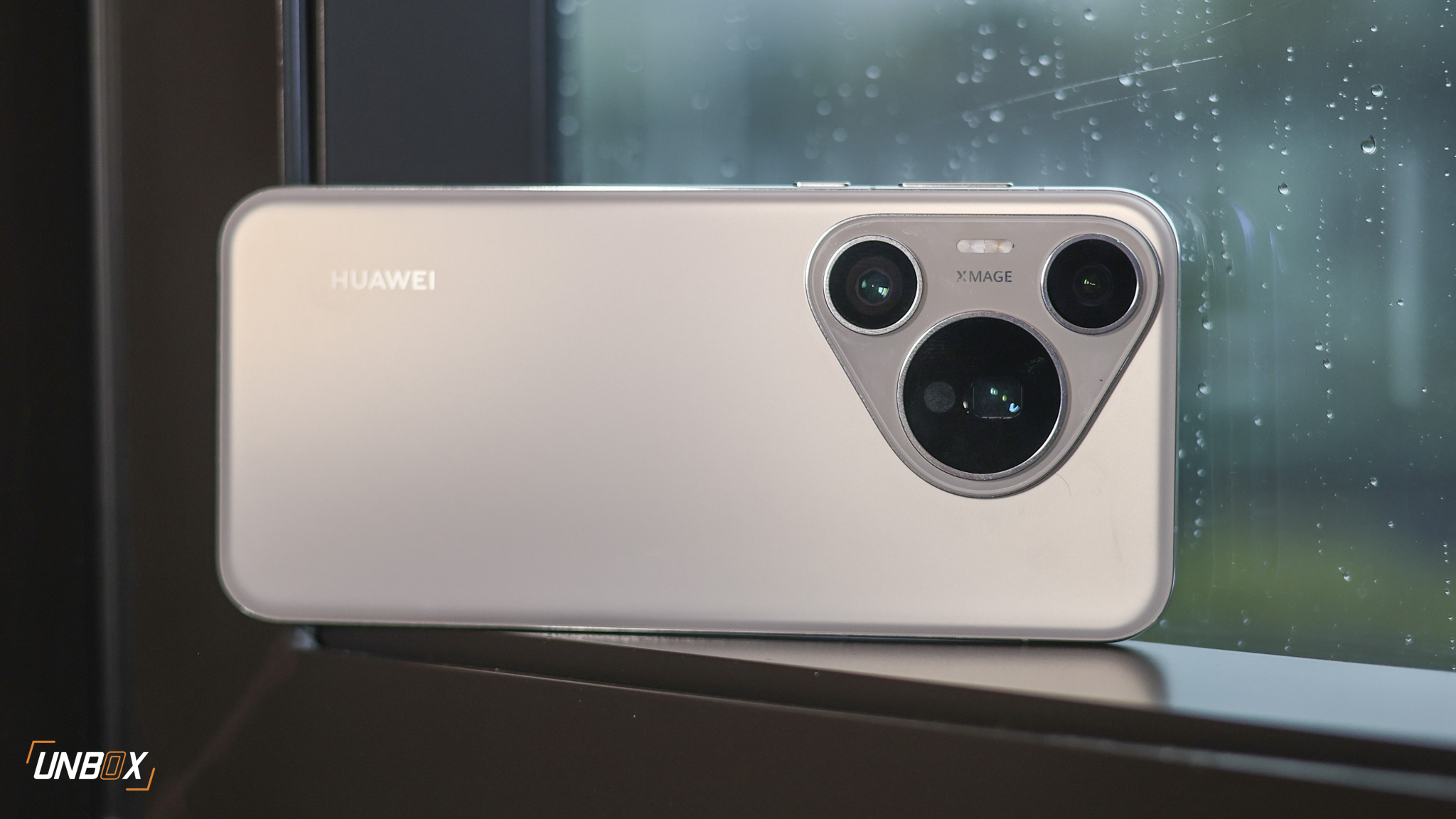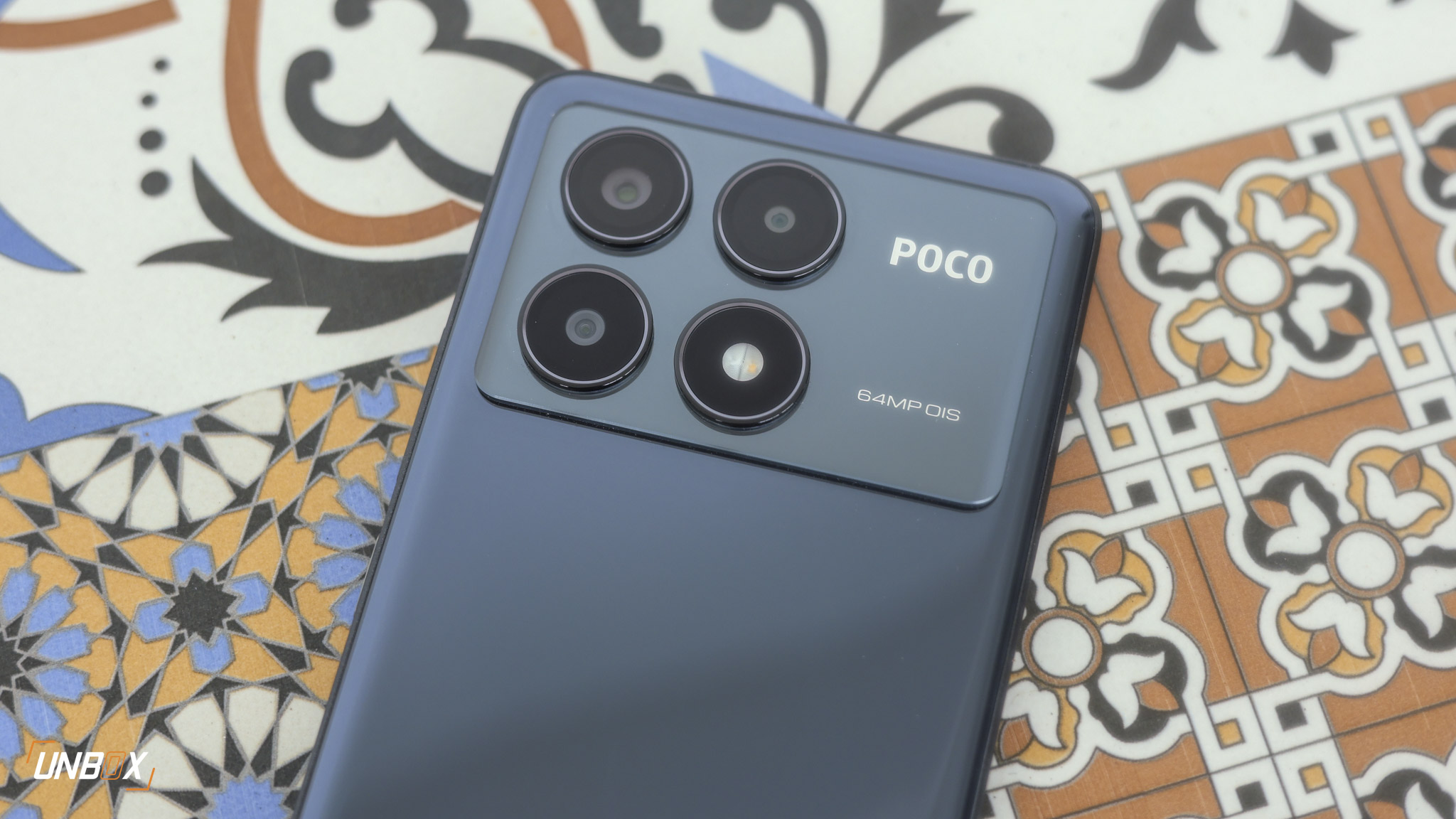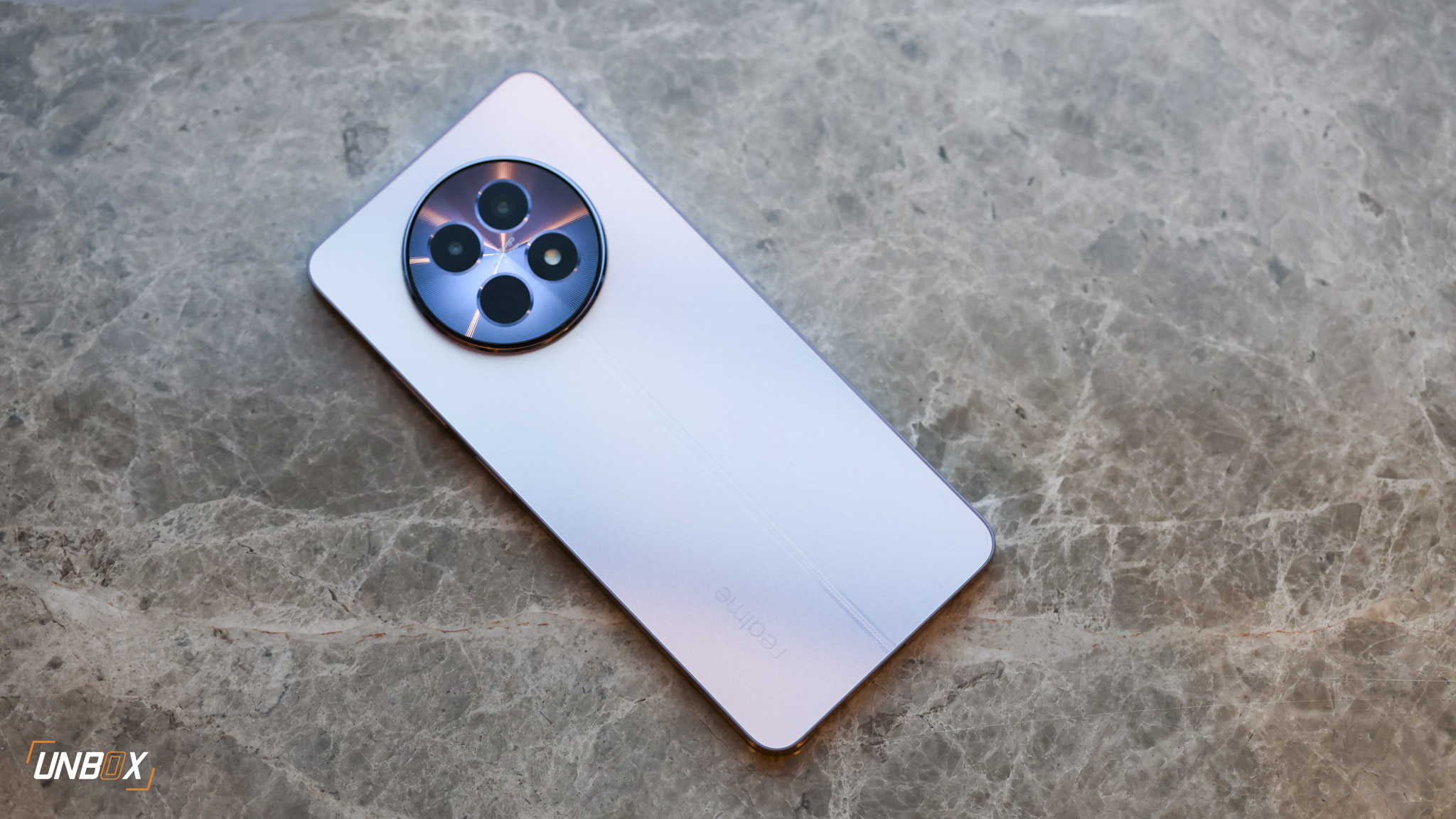Today I’m going to teach you the basics of how to protect your cards with sleeves. This will be part of a series where we’ll go a little bit in-depth about the different ways and options available for keeping your Trading Cards safe. It might be second nature for the seasoned player, but for new people who are getting into the Trading Card Game hobby, it is very important to protect your cards and keep them in pristine condition as much as possible.
Card sleeving wasn’t a thing when I played Magic: the Gathering TCG back in my grade school days. We shuffled, tapped, and traded cards unprotected – usually using a rubber band to bind them together before throwing them back into our Jansport bags. This is of course because we don’t know any better about card value – apparently, these cards we’re just flinging around are worth something… sometimes a LOT. And we later learned that they’re worth way more the closer they are to their prime, pack-fresh, mint condition. So the first, best way with regards to how to protect your cards is with card sleeves.
Card sleeves are plastic… well, sleeves where cards can be slotted right in. There are many kinds of sleeves, and we’ll discuss the most popular ones below, but they all serve a primary purpose – protect that piece of cardboard that’s inside from outside elements – mostly dust, sweat, and liquids. Another major purpose of sleeves is that they reduce the wear and tear on the card edges, and make shuffling easier. Most standard sleeves are thick and rigid enough to protect card corners from tearing or splitting when you shuffle them. A lot of the quality sleeves nowadays have either a smooth or textured back which makes shuffling them a lot more pleasant.
There are a lot of different kinds of sleeves, but these are four basic ones you’ll likely encounter.
How To Protect Your Cards With Sleeves
- Use Penny Sleeves
- Use Standard Sleeves
- Use Inner Sleeves
- Use Outer Sleeves
- Use A Sleeve Combination
Penny Sleeves
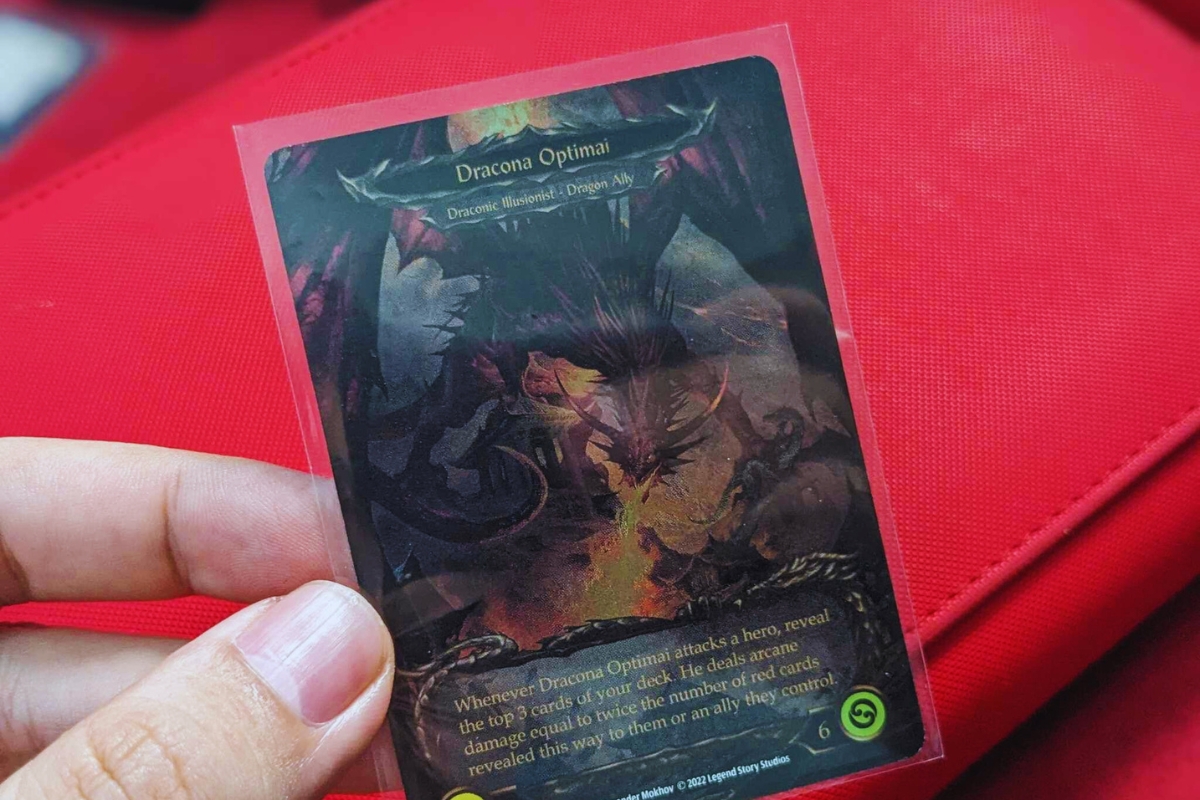
Let’s talk about how to protect your cards with Penny Sleeves. They are the thinnest variants of sleeves and have a loose fit that’ll make you wonder if they’re even meant for playing and the short answer is… no. These sleeves are meant to provide a basic level of protection for cards in your binder (also called a card album – which you use to store cards for trading or selling). The reason for the loose fit is so that you can take cards in and out easily. As you may have guessed, these aren’t the best for playing as they are horrible to shuffle with, stack together very loosely, and they’re transparent on both sides so the cardbacks can be seen – which might not be allowed in most tournaments. On the plus side, they’re dirt cheap and come in packs of 100 pieces so you won’t have any qualms about writing over or sticking price tags on them.
My recommendation: Get the cheapest pack of 100s that you can find.
Standard Sleeves
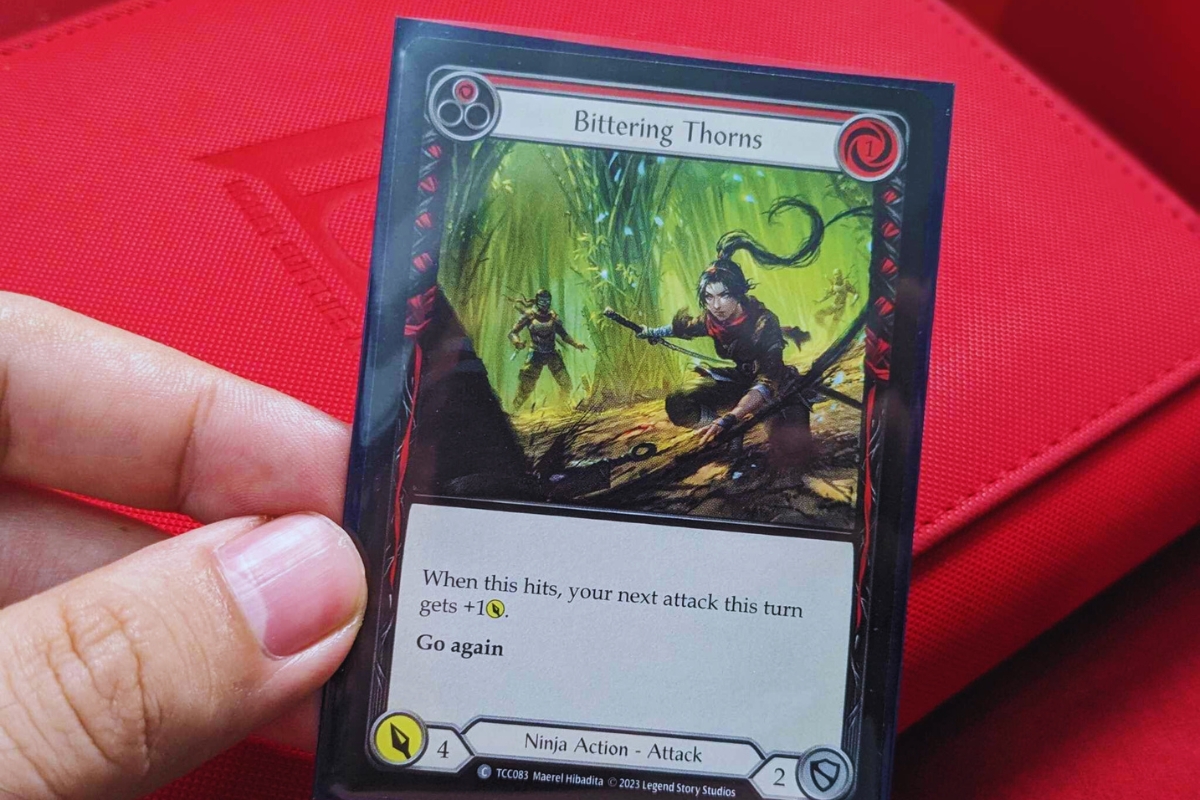
Next up are Standard sleeves. When most players refer to “sleeves”, they usually mean this – quality sleeves that fit a standard-sized trading card just right, provide ample protection, especially in the corners, and make them easier to shuffle. There are a lot of brands for these sleeves and they come in all kinds of colors and designs. My recommendation is to get the most premium one that your budget allows, because the good ones can last for years, don’t loosen or tear easily, and feel great to shuffle with. They can be used by themselves, or paired up with an Inner Sleeve, an Outer Sleeve, or both. You can also use them to protect your cards in your binders, but they’re quite pricey compared to Penny Sleeves or Inner Sleeves so it’s not practical. Do note that some Trading Card Games (particularly ones that come from Japan) have smaller card sizes, and the Standard Sleeve equivalent for those are referred to as Japanese (or Japanese-sized) Sleeves.
My recommendation: Ultimate Guard Katanas, KMC Hyper Mat, and Dragon Shield Sleeves are the most popular premium-quality sleeves. But generally, go with the one that has the design or color that you like.
Budget Option: QAT sleeves are pretty good quality for their price, though not as thick as the ones mentioned above.
Inner Sleeves
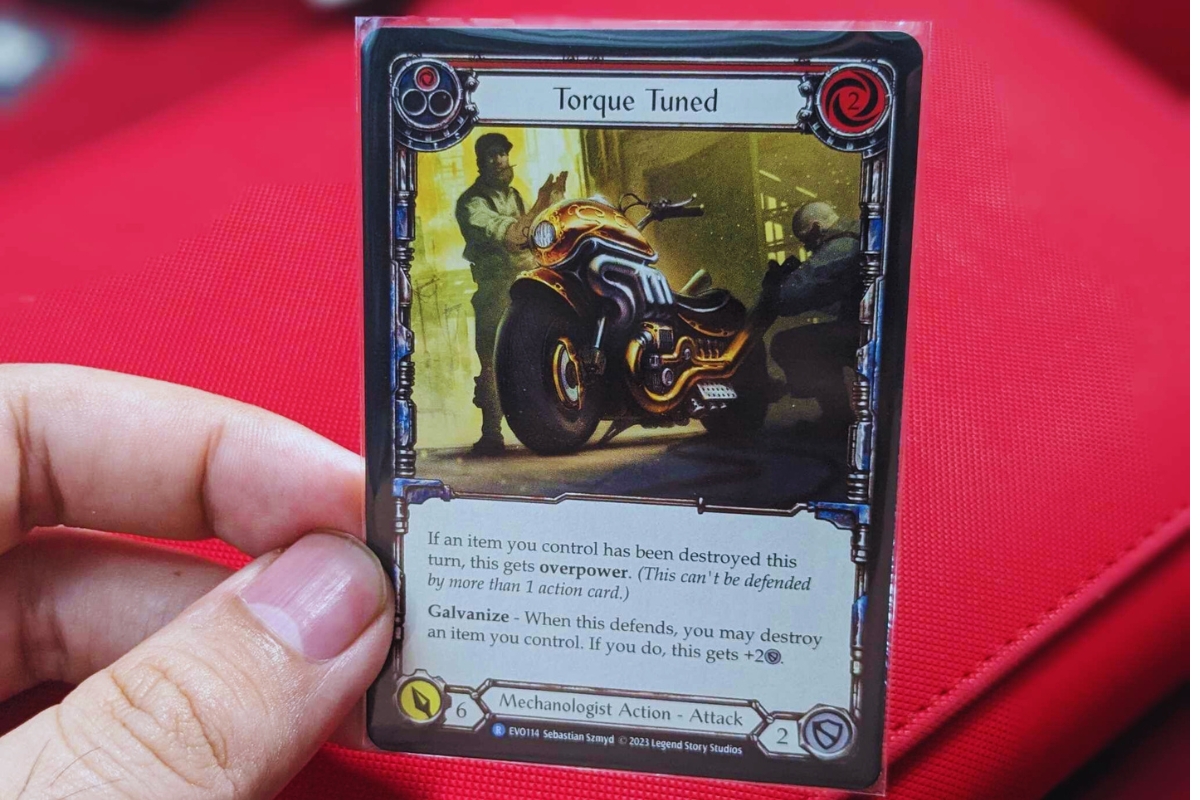
Inner Sleeves are like penny sleeves with a slight bump in quality and rather than a loose fit, they’re meant to hug the card snugly as if it were laminated. They’re referred to as such because you can still put the inner-sleeved cards inside a Standard Sleeve, thus having another layer of protection. Sure it makes the card a little thicker, but it’s twice as protected without any significant increase in card size. I wouldn’t recommend playing with only these protecting your cards as their edges bend easily and like penny sleeves, are transparent on both sides and might not be legal for most tournaments. It’ll also feel bad to shuffle with because these bent edges will make them seem uneven. They are, however, decent alternatives to penny sleeves if you just want additional protection for cards in your binders, though they are just a tad little pricier. Nowadays there are many variants of inner sleeves, including thicker, more rigid ones, ones with curved edges, printed borders, or even ones where you can load the card from the side.
My recommendation: Dragon Shield Inner Sleeves, particularly the one with closing flaps so that the card is enclosed from top to bottom. If you want just the normal ones, Ultimate Guard Katana Inner Sleeves are my favorite. If you like them thick, the KMC Perfect HARD is your only option, but it’s great.
Budget Option: QAT Inner sleeves are very good quality for their price, though some copies can be a little tight.
Outer Sleeves
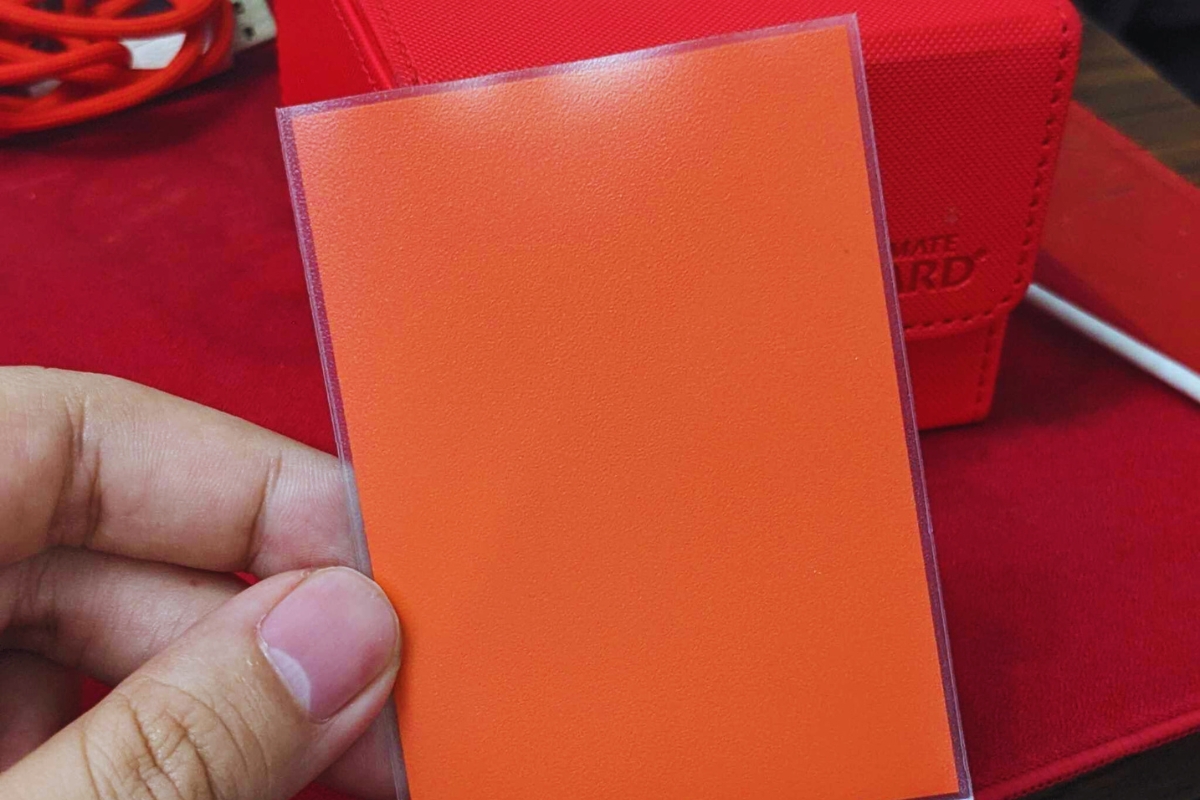
Outer Sleeves are the opposite of inner sleeves, in that it’s the Standard sleeve that goes inside the Outer Sleeve. These are just as thick as Standard sleeves, so expect your deck size to balloon a bit when using both (or all three). Like the inner sleeve, these are another layer of protection – especially for the card corners, as it’s very unlikely to damage that area with two layers of plastic covering it. Outer sleeves are generally transparent on both sides, so you can still display your Standard sleeve’s design or color, though some outer sleeves also have printed designs at the back as well. Like Standard sleeves, they also come in smooth or matte textured backs, and these will entirely depend on your preference. Outer Sleeves also affect the shuffling feel because they increase the overall card size, and others might find it uncomfortable since it’s harder to grip the deck.
My Recommendations: Dragon Shield Outer Sleeves are nearly a must if you’re using Dragon Shield Standard Sleeves since they don’t have a slight allowance at the top end when paired with Outer Sleeves from other brands. If you’re using any non-Dragon Shield Sleeve, KMC has a selection of great outer sleeves in their Character Guard series.
Budget Option: QAT Outer Sleeves are nearly on par with KMCs at roughly half the price.
Next-Level Sleeving
Because most Inner, Standard, and Outer sleeves work well together, players have the option of combining two or even all three of them. This is commonly called double (or triple) sleeving. Which combination is best depends on your preference, but here’s a summary of each:
The Standard single-sleeve is the simplest one-and-done option to protect your trading cards, and its main advantage is that it’s easy to take cards in and out of it, which is useful when you’re constantly changing the contents of your deck. It also won’t bulk up your deck as well so it’ll fit easily into most deck boxes and won’t require much of a grip to shuffle easily. Its main downside is that it’s quite prone to liquids since nothing protects the card once the spill gets inside the sleeve.
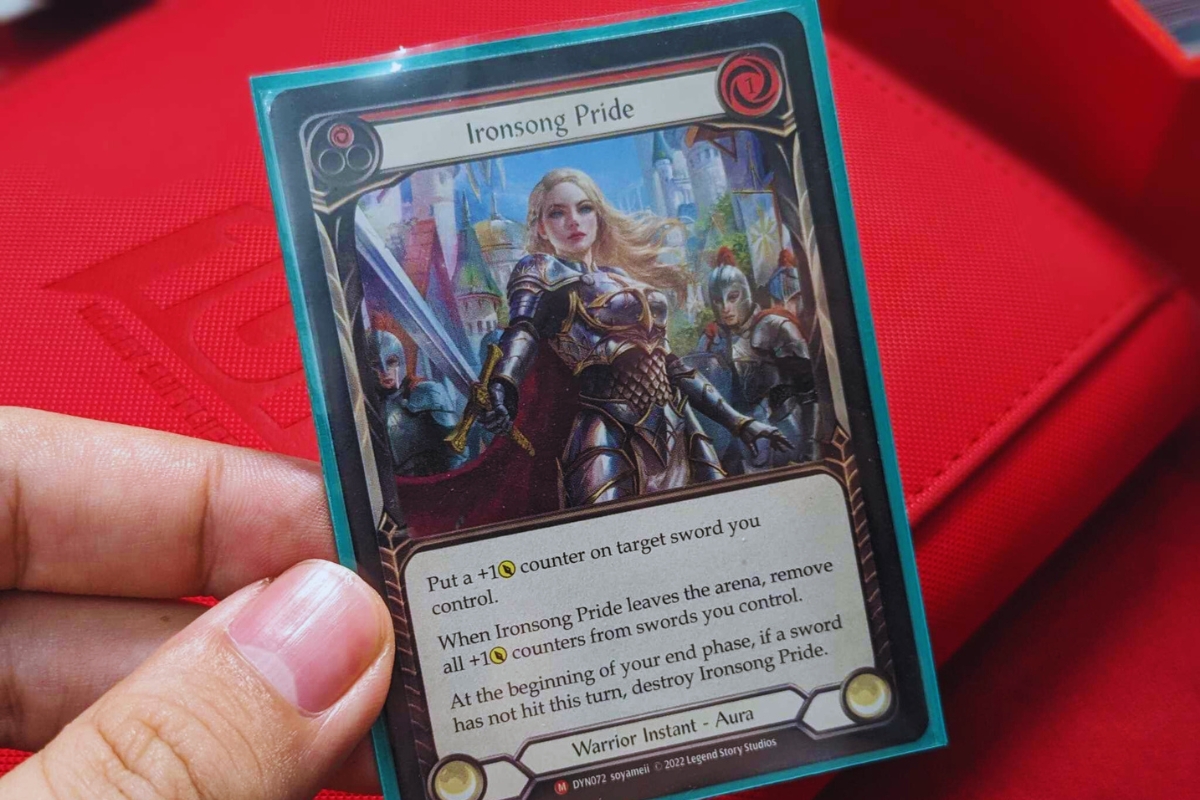
The Inner Sleeve + Standard Sleeve combination is for those who want additional protection for their cards (especially from liquids) but without the additional card size from donning an outer sleeve. This bulks your deck up a bit, so those playing with 80 cards or more might want to invest in 100+ card capacity deck boxes to fit it all in. In addition to being more protected from liquid spills, this combination is great for those who like the texture and shuffle feel of their Standard Sleeves.
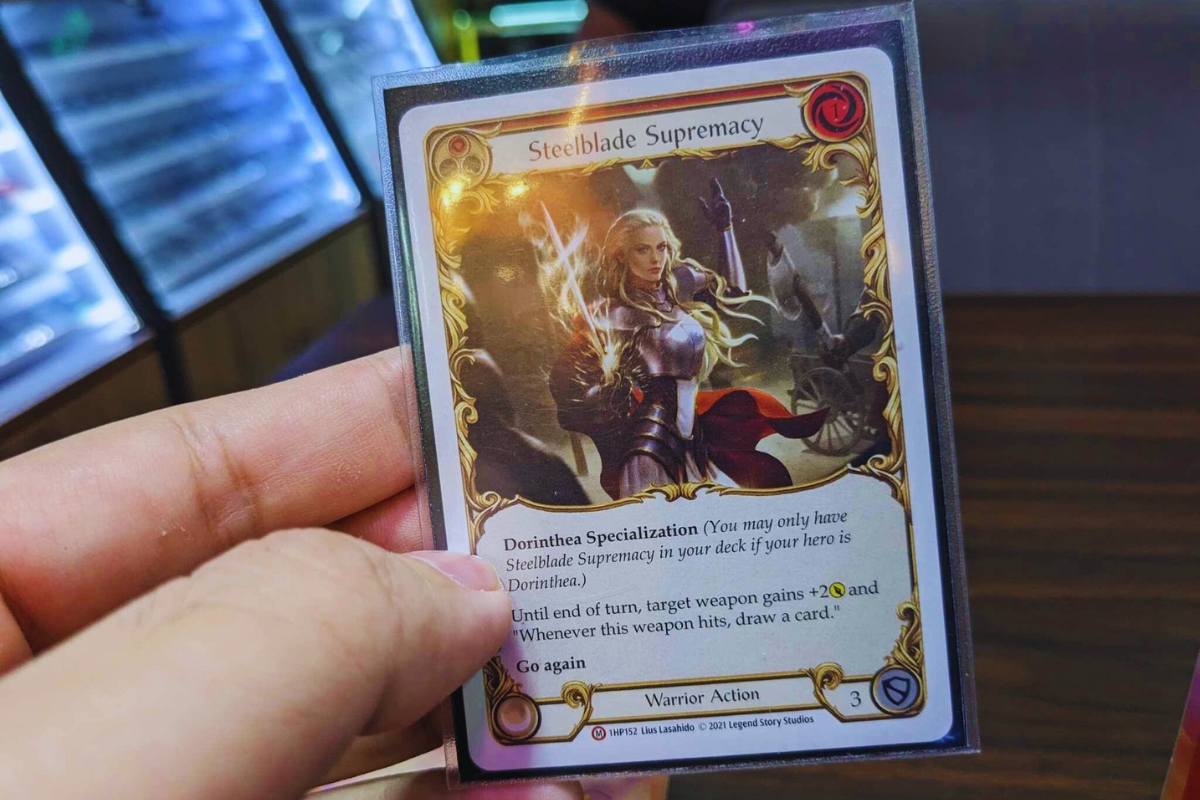
The Standard Sleeve + Outer Sleeve setup is a little thicker and larger than the previous combination, so not only do you have to consider the deckbox capacity, but also if it’s wide enough to fit Outer Sleeved cards. You’d be surprised in this day and age at how many deck boxes still can’t fit in outer sleeves (we’ll discuss more of those in a future article). I think this combination offers the best protection as both standard and outer sleeves are thicker than inner sleeves. It’s also best for protecting and preserving the designs of your Standard Sleeves. The considerable bulk it adds to your deck aside, another thing you should check is if the additional size leads to a better (or worse) shuffling experience.
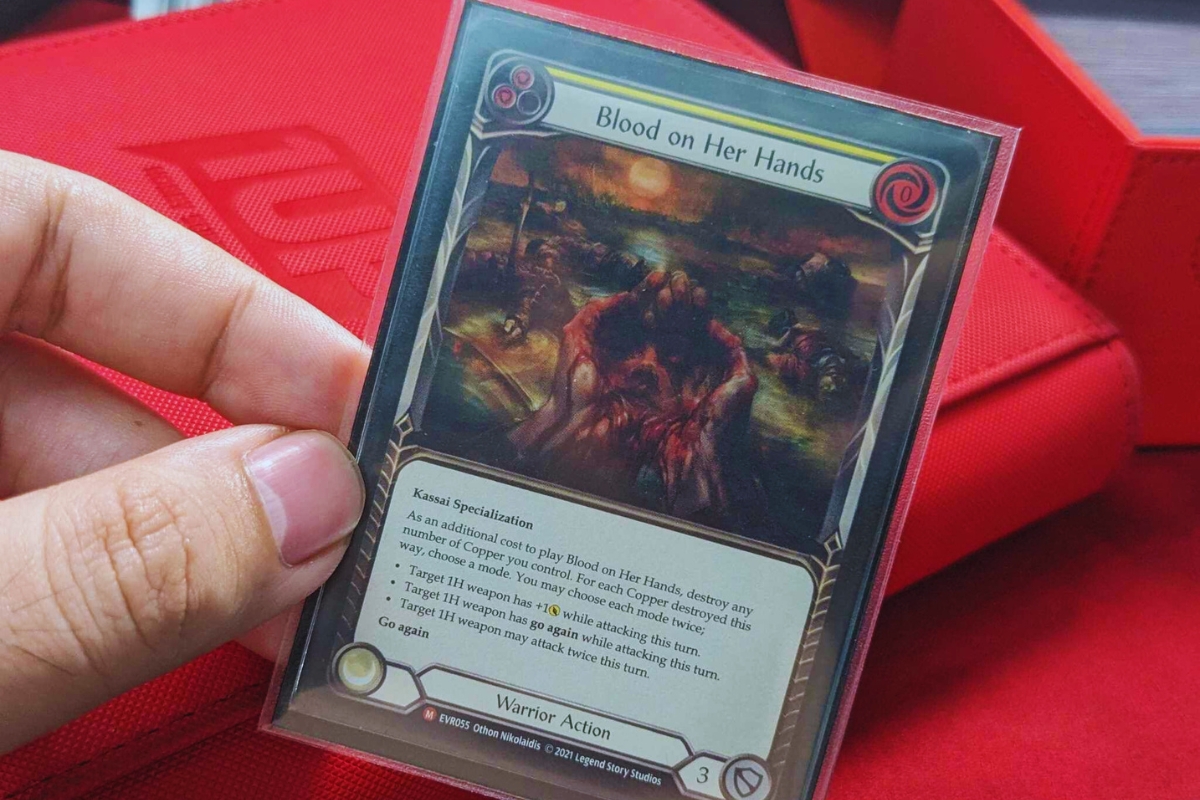
ALL THREE. Yes, triple-sleeving is a thing. And as you’d expect it’s thrice the protection and bulk. Large-capacity deckboxes (those that accommodate 133+ cards) are an absolute minimum if you’re sleeving a deck of 80 (or more) cards this way. This essentially makes your cards impervious to most common mishaps, but sleeving and re-sleeving them will take up a considerable amount of time and effort.
Finally, if you’re curious or just need a quick example, here’s how I protect my cards using sleeves:
Important cards for sale or trade are penny-sleeved in my binder. My priciest cards are Standard-Sleeved instead for more card corner protection.
The decks I use for playing are double-sleeved with a Standard Sleeve + Outer Sleeve.
Finally, I use budget Standard Sleeves for my other decks that aren’t used as much.
Now that you’ve learned all about the basics of sleeve-ing, it’s time to put some cards in them! Check out the five best Trading Card Games that you should try this year.





